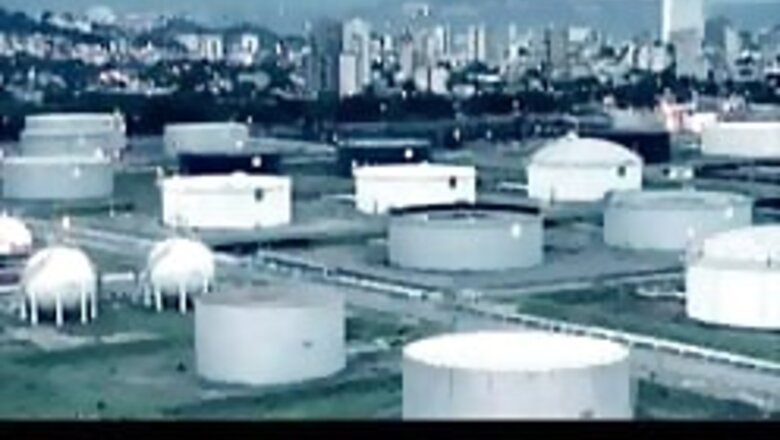
views
Sydney: Good or bad crude, blame it on anaerobic bacteria in oil reservoirs deep below the earth's surface, according to the latest discovery.
Anaerobic bacteria are those which grow in the absence of free oxygen and derive oxygen from breaking down complex substances.
Scientists from Curtin University of Technology (CUT) and University of Cologne (Germany) were the first to discover the phospholipid fatty acids (PLFAs) that indicate presence of live bacteria in deep petroleum reservoirs.
Kliti Grice, research director of the WA Organic and Isotope Geochemistry Centre (WA-OIGC) at Curtin, has over 15 years experience identifying organisms and biomarkers in sedimentary organic matter and petroleum.
She co-authored the study with Christian Hallmann and Lorenz Schwark, based at Cologne University.
"We have shown the presence of live bacteria in these deep reservoirs and show they are changing the oil quality," Grice said.
The petroleum samples came from sediments up to two km deep and up to 145 million years old. They were analysed by looking at PLFAs that indicate the presence of phospholipids - molecular markers for live bacteria.
"These deep microbes can have enormous implications for our natural environment as they potentially affect the earth's climate," Hallmann said.


















Comments
0 comment